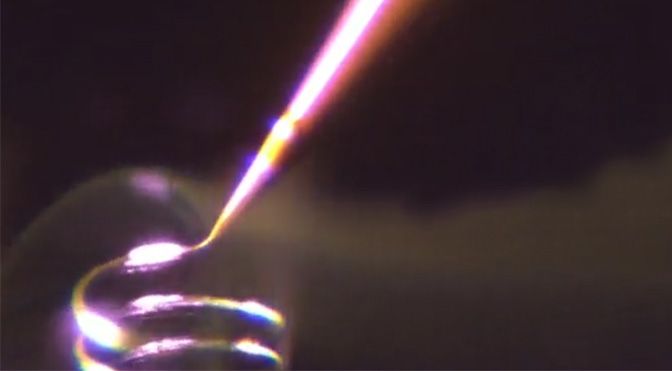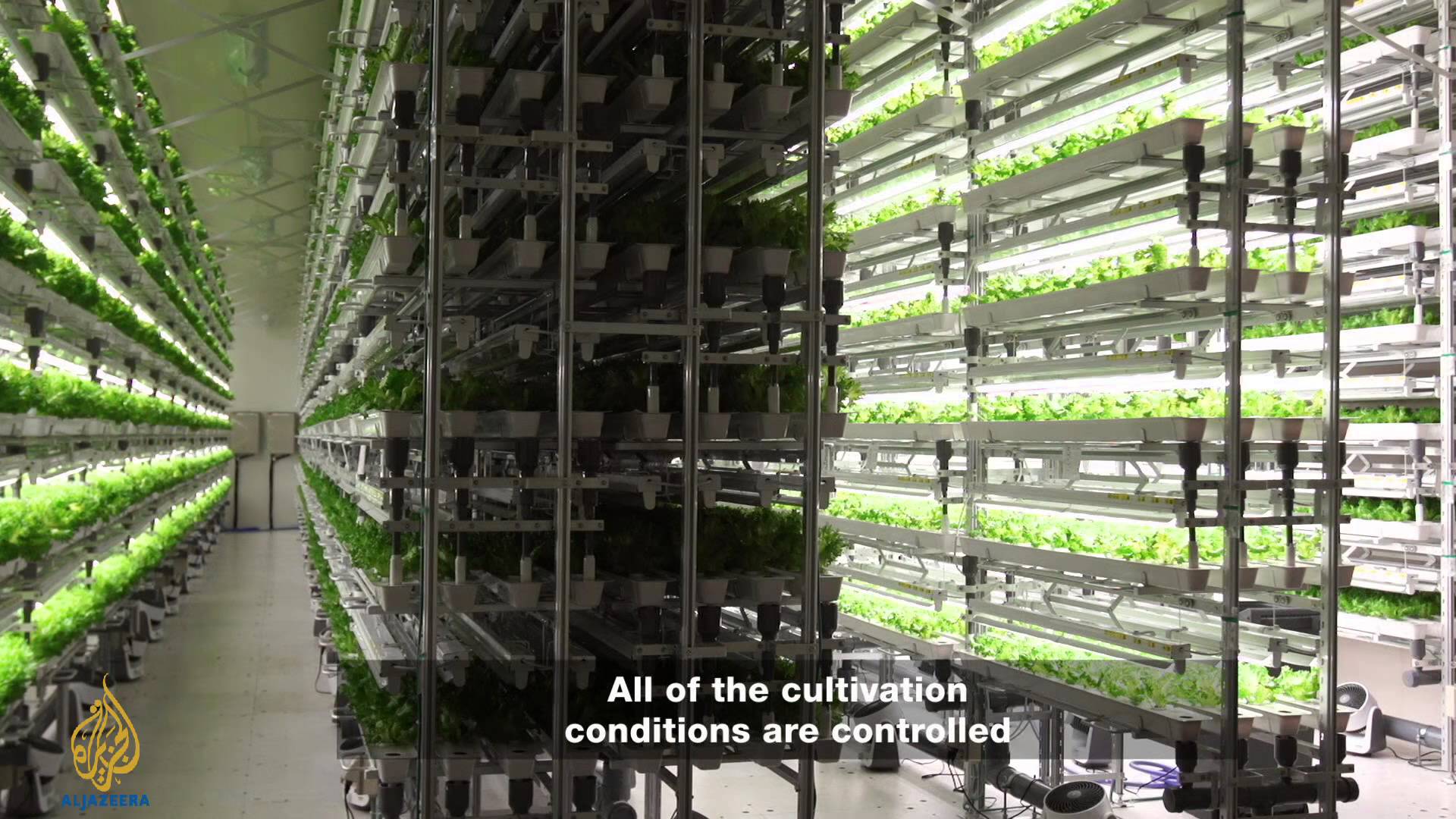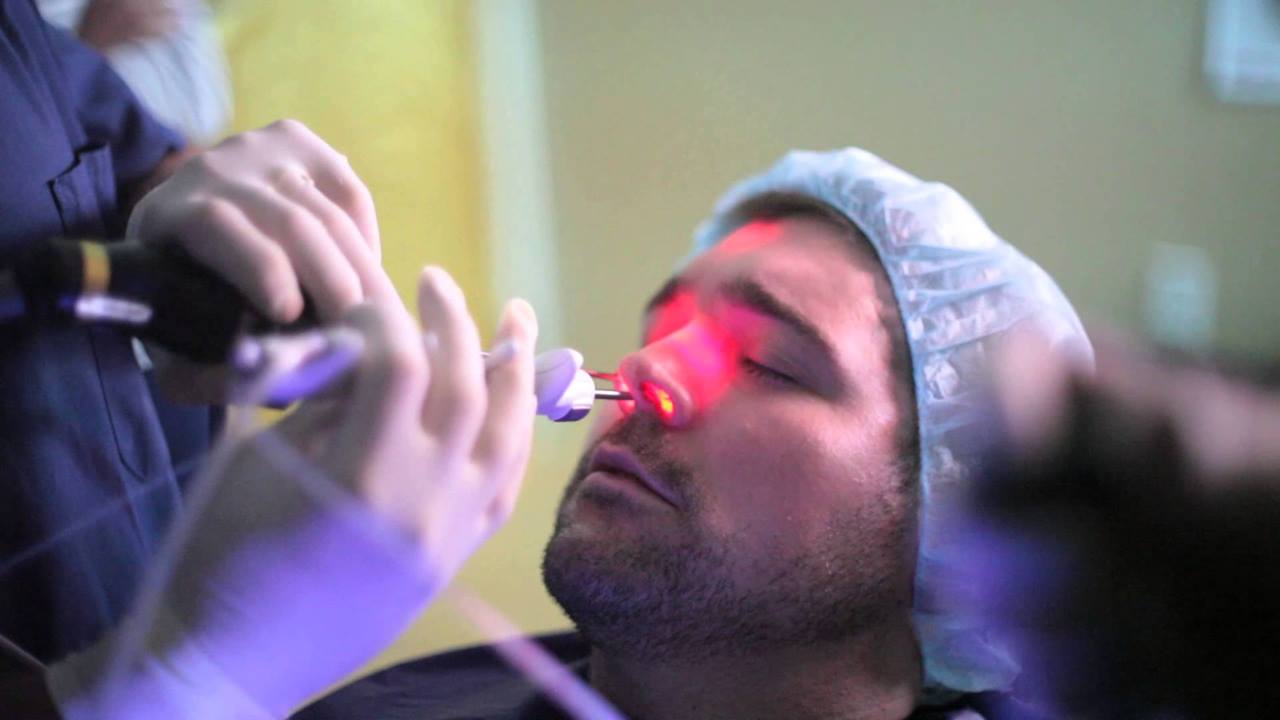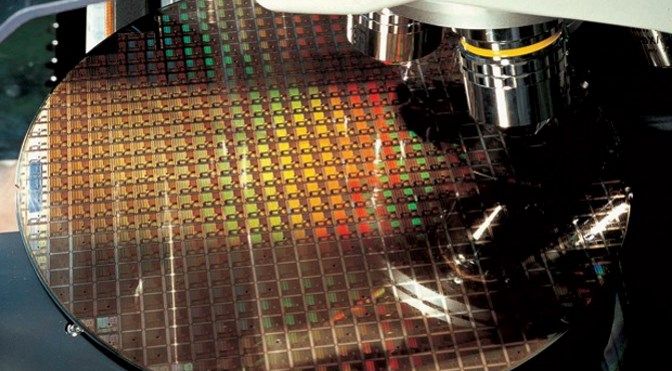Page 11521
May 22, 2016
Lasers and nanoparticles combine to allow metallic 3D printing in midair
Posted by Shailesh Prasad in categories: 3D printing, biotech/medical, electronics

A new method of 3D printing could allow for custom printing of metal components for electronics, medical devices, and more.
May 22, 2016
This Earpiece Translates Languages For You In Real Time
Posted by Shailesh Prasad in category: wearables
May 22, 2016
HP’s New Jet Fusion 3D Printers Can Print Electronics Inside a Product
Posted by Shailesh Prasad in categories: 3D printing, electronics

HP has announced that they will be releasing their first generation 3D printers by the end of the year. The Multi Jet Fusion Technology allows 3D printing at half the cost and ten times the speed.
HP has released two new 3D printer models, the Jet Fusion 3200 and Jet Fusion 4200—their first products on the market since the company entered the 3D printing arena in 2014. These high-end printers do not need lasers (like most rivals in their range) and will be available by the end of the year.
Continue reading “HP’s New Jet Fusion 3D Printers Can Print Electronics Inside a Product” »
May 22, 2016
ARM announces new Artemis CPU core, first 10nm test chip, built at TSMC
Posted by Shailesh Prasad in category: computing
May 22, 2016
Ransomware: the digital plague infecting the world
Posted by Magaly Santiago in categories: bitcoin, cybercrime/malcode, economics, encryption
“The individuals who do these types of attacks are well aware of the pressure points and pain points, economic-wise,” says Dr. John Hale, a cybersecurity expert at the University of Tulsa. “They know what they can extract, how much they can extract.
“They prey upon two things: an organization’s reliance on information systems and two, the common situation, where an organization is a little bit behind on backup procedures and policies to prevent these types of things. It really is easy pickings for the bad guys.”
Crypto ransomware is designed to encrypt data stored on the computer, making the data useless unless the user obtains the key to decrypt it. A message details the ransom, which is typically paid in digital currencies such as bitcoin. Locker ransomware locks the computer or device’s interface — save for the ability to interact with the hacker — and demands money to restore it.
Continue reading “Ransomware: the digital plague infecting the world” »
May 22, 2016
Technique to Teach Robots New Tricks Developed: Study
Posted by Magaly Santiago in categories: computing, robotics/AI
As robots become more pervasive in society, humans will want them to do chores like cleaning the house or cooking, researchers said.
However, to get a robot started on a task, people who are not computer programmers will have to give it instructions, they said.
“We want everyone to be able to programme, but that is probably not going to happen,” said Matthew Taylor from Washington State University (WSU).
Continue reading “Technique to Teach Robots New Tricks Developed: Study” »
May 22, 2016
Ancient Aliens S11E03 The Next Humans
Posted by Shailesh Prasad in category: transhumanism
May 22, 2016
Urban Produce: The Future of Farming is Growing UP!
Posted by Shailesh Prasad in categories: economics, food, sustainability

https://www.youtube.com/watch?v=u8QMOYnWBq0
Urban Produce High Density Vertical Growing System is a patented technology that was developed taking advanced hydroponic technology and automating it. Urban Produce has the capacity to grow 16 acres of produce on 1/8 of an acre with just one of it’s High Density Vertical Growing Systems. Our mission is to build our patented systems across the U.S. to provide both locally grown sustainable produce to Urban Cities while also stimulating the local economies. We are 21st century growing! www.urbanproduce.com
May 22, 2016
Earthrise — Japan’s Future Farms
Posted by Shailesh Prasad in categories: computing, food, sustainability

By 2050, the world will need to feed an additional 2.5 billion people living in cities. Yet as the demand for food rises, the amount of land available for agriculture in developed countries is expected to decline. In Japan, at the Fujitsu factory of Aizu-Wakamatsu which still manufactures semiconductor chips for computers, a different project is underway which may offer a solution to this problem. The company has converted an unused part of the factory into a farm to grow food — and more specifically, to grow lettuce. Fujitsu has focused on growing a low-potassium variety, which is sold to people with kidney problems who cannot process the mineral properly. Join Rachel Mealey in Japan’s Fukushima Prefecture to visit the sun-free and soil-free urban farms of the future.













